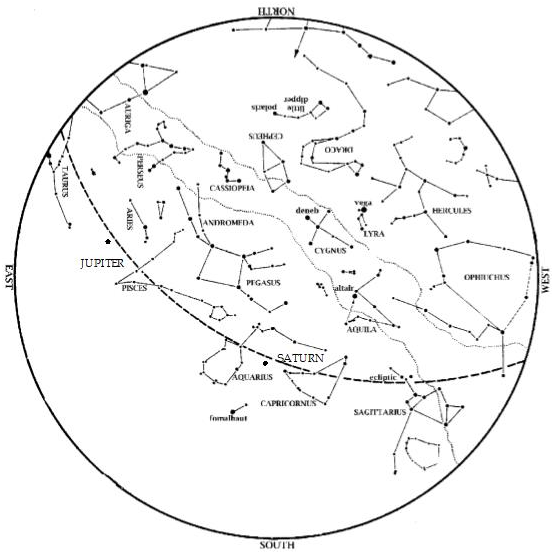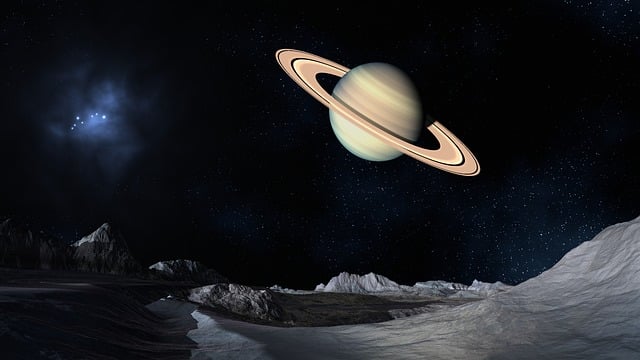A total eclipse of the Moon will occur early Wednesday morning, October 8. Houstonians will be able to see virtually the whole event, which happens right before dawn.
Lunar eclipses occur when the full Moon moves into the Earth’s shadow. The first part of the Earth’s shadow that the Moon will encounter is the penumbra. The penumbral shadow’s faintness means that sharp-eyed observers will notice only a slight dimming of the Moon between 3:14 AM and 4:15 AM. The Moon moves into the darkest part of the earth’s shadow, the umbra, at 4:15 AM, and will be totally eclipsed by 5:24 AM. Totality lasts until 6:25, at which time the Moon has crossed the shadow and begun emerging from the other side. The Moon is still emerging from the shadow (and thus still partially eclipsed) as it sets at 7:26. Note that this eclipse happens close to dawn, which is when a Full Moon is about to set. Therefore, you’ll need an observing site clear of obstacles to the west so you can watch the setting Moon in eclipse. (That’s why we’re not observing from George Observatory, as we have in the past. Our tree line would interfere with the view).
The Moon’s brightness during a total eclipse depends on the amount of dust particles in the atmosphere. A large amount of dust from a volcanic eruption, for example, can make the totally eclipsed Moon almost invisible. With little dust in our atmosphere, the Moon glows reddish-orange during totality. This is because only the Sun’s red light comes through the Earth’s atmosphere and falls on the Moon even while it is in the Earth’s shadow. As the diagram shows, the Moon will pass through the northern part of the shadow, for about an hour of totality. As a result, the southern limb, closer to the center of Earth’s shadow, will appear darker. And since we’ll be watching the Moon set in the west, the northern limb will be to the right and the southern limb to the left.
This is the second of four consecutive total lunar eclipses in 2014 and 2015, all of which are visible in the USA. We’ll see our next total lunar eclipse in Houston just before dawn on April 4, 2015.









